Some of Europe’s most charming mountain villages are tucked away in the majestic Alps, far from the tourist-packed resorts and crowded ski slopes. These hidden gems preserve centuries-old traditions, authentic architecture, and a way of life that feels wonderfully unchanged over time. While millions flock to famous Alpine destinations each year, these lesser-known villages offer something increasingly rare: genuine mountain culture without the crowds or commercialization.
Let’s explore some remarkable Alpine villages where time seems to slow down, and every cobblestone street tells a story of mountain life as it has been lived for generations.
Gimmelwald, Bernese Alps, Switzerland
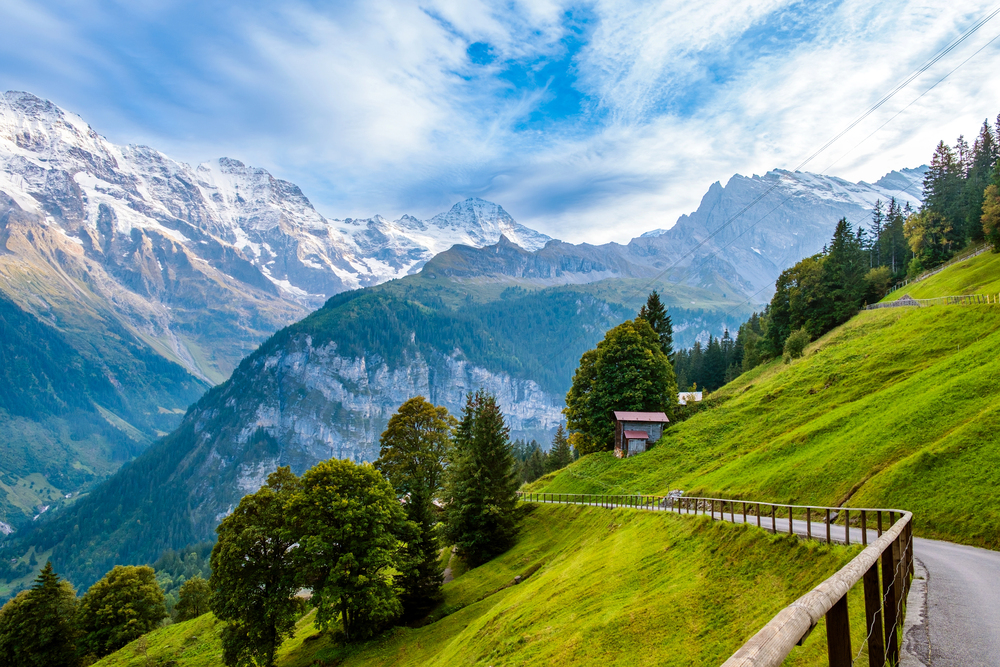
This tiny farming village clings to the mountainside at 4,485 feet, offering breathtaking views of the Jungfrau peaks. Gimmelwald has deliberately stayed small and traditional, refusing to build large hotels or tourist complexes.
The village’s wooden chalets still house working farms, where locals produce their cheese and maintain centuries-old agricultural traditions. Visitors can reach this car-free paradise only by cable car, which adds to its preserved character.
Soglio, Graubünden, Switzerland

Known as ‘the gateway to paradise,’ Soglio sits on a sunny terrace overlooking the Bregaglia Valley. The village’s stone houses and cobbled paths have remained unchanged since the Middle Ages.
Local families still cultivate chestnuts in the surrounding groves, following practices passed down through generations. The village’s position offers stunning views of the Sciora peaks, which painter Giovanni Segantini called ‘the gateway to paradise.’
Like Travel Pug’s content? Follow us on MSN.
Bonneval-sur-Arc, Savoie, France
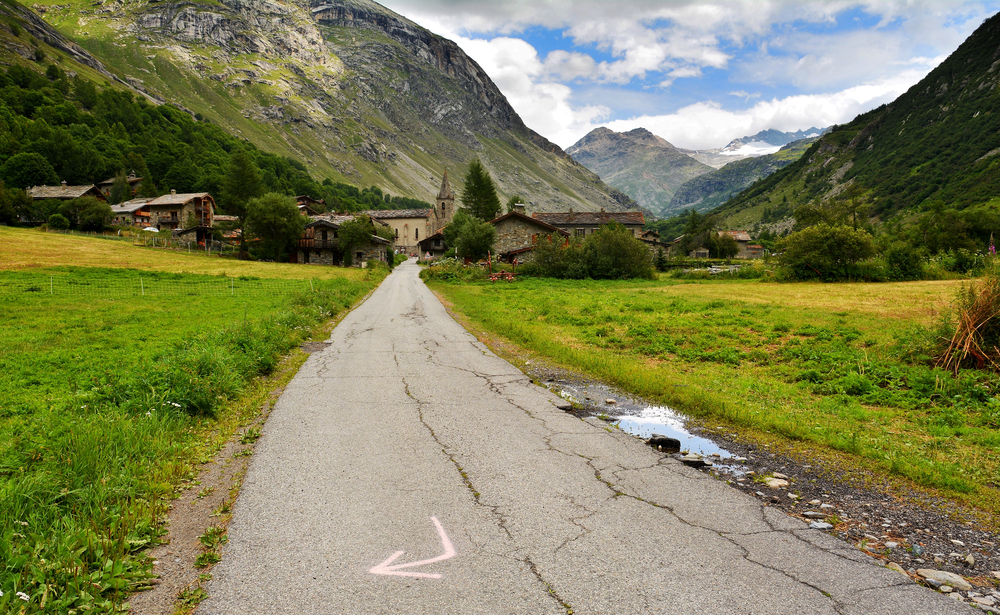
This village sits at an impressive 5,900 feet in the Haute-Maurienne valley, near the Italian border. Its stone houses with traditional slate roofs have earned it a place among France’s most beautiful villages.
Bonneval’s narrow streets wind between buildings that have weathered Alpine winters since the 13th century. The village is a perfect base for hiking to hidden lakes and exploring ancient shepherd paths.
Guarda, Lower Engadine, Switzerland
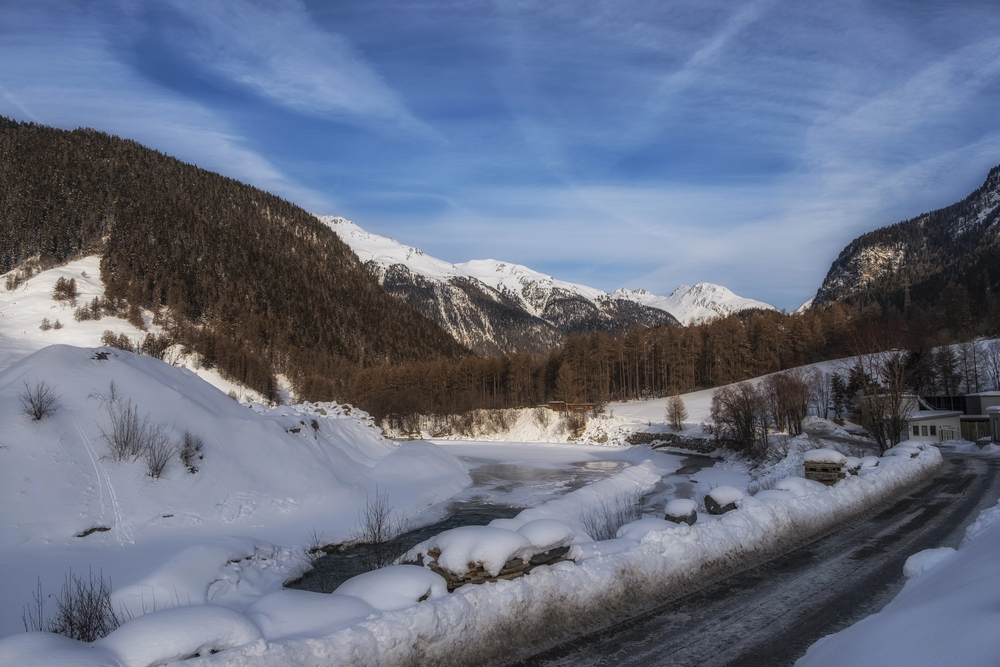
Perched at 5,423 feet above sea level, Guarda exemplifies the traditional Engadine architectural style with its sgraffito-decorated houses. The village’s facades feature intricate designs scratched into colored plaster, telling stories of local history and folklore.
Every house in Guarda has a name rather than a number, reflecting the intimate nature of village life. The surrounding meadows burst with Alpine flowers in summer, creating a natural garden that changes each week.
Hallstatt-Dachstein, Salzkammergut, Austria
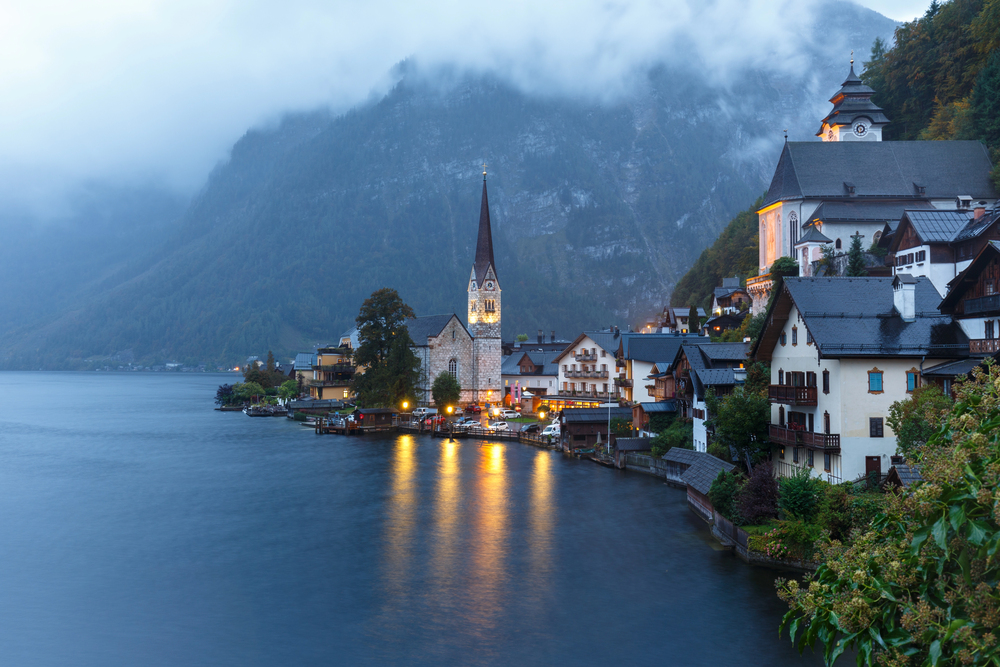
This lakeside village spreads along the shores of Lake Hallstatt beneath towering Alpine peaks. Ancient salt mines nearby reveal a history of prosperity dating back to prehistoric times.
The village’s traditional wooden houses seem to grow right out of the rocky mountainside, their reflections dancing on the lake’s surface. Despite its beauty, most tourists overlook this gem in favor of more famous Austrian destinations.
Like Travel Pug’s content? Follow us on MSN.
Corippo, Ticino, Switzerland
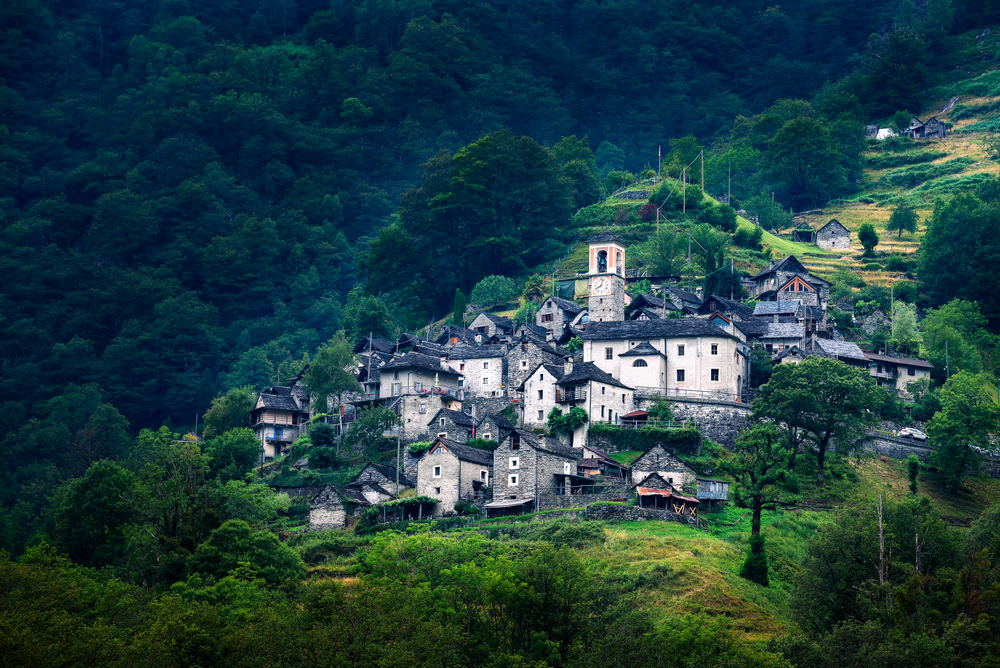
As Switzerland’s smallest municipality, Corippo houses just 12 permanent residents in its stone dwellings. The village’s granite houses cluster on a steep hillside, connected by narrow stone steps and pathways.
Local families maintain small vineyards on ancient terraces carved into the mountainside. The entire village is a single hotel, with rooms scattered throughout different historical buildings.
Saint-Véran, Hautes-Alpes, France
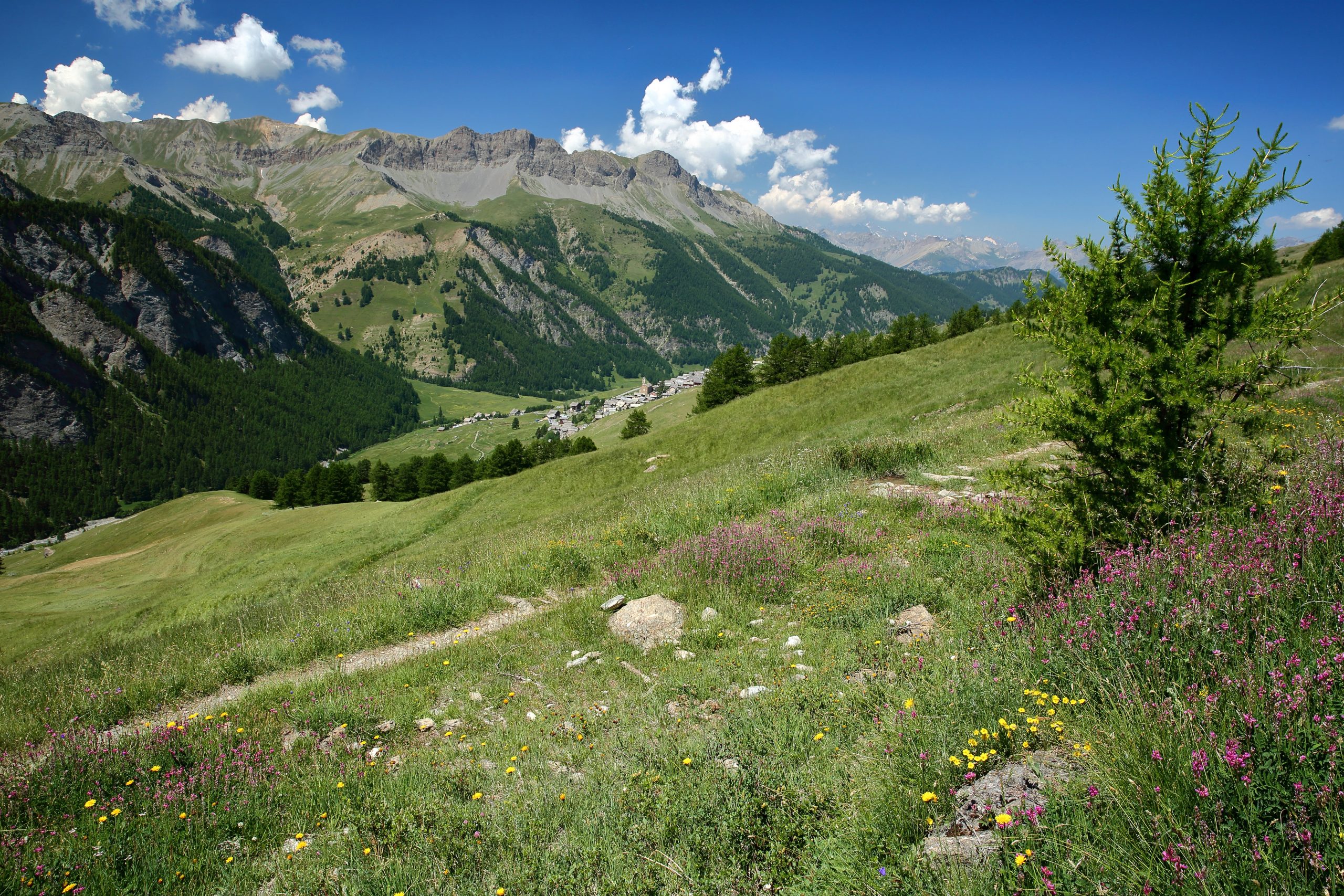
At 6,726 feet, Saint-Véran is proud to be the highest commune in Europe. The village’s wooden chalets feature distinctive sun-weathered facades and wide balconies for drying herbs and crops.
Traditional fountains still provide fresh mountain water at various points throughout the village. Local artisans continue to work with wood and copper, maintaining skills passed down through generations.
Vättis, St. Gallen, Switzerland
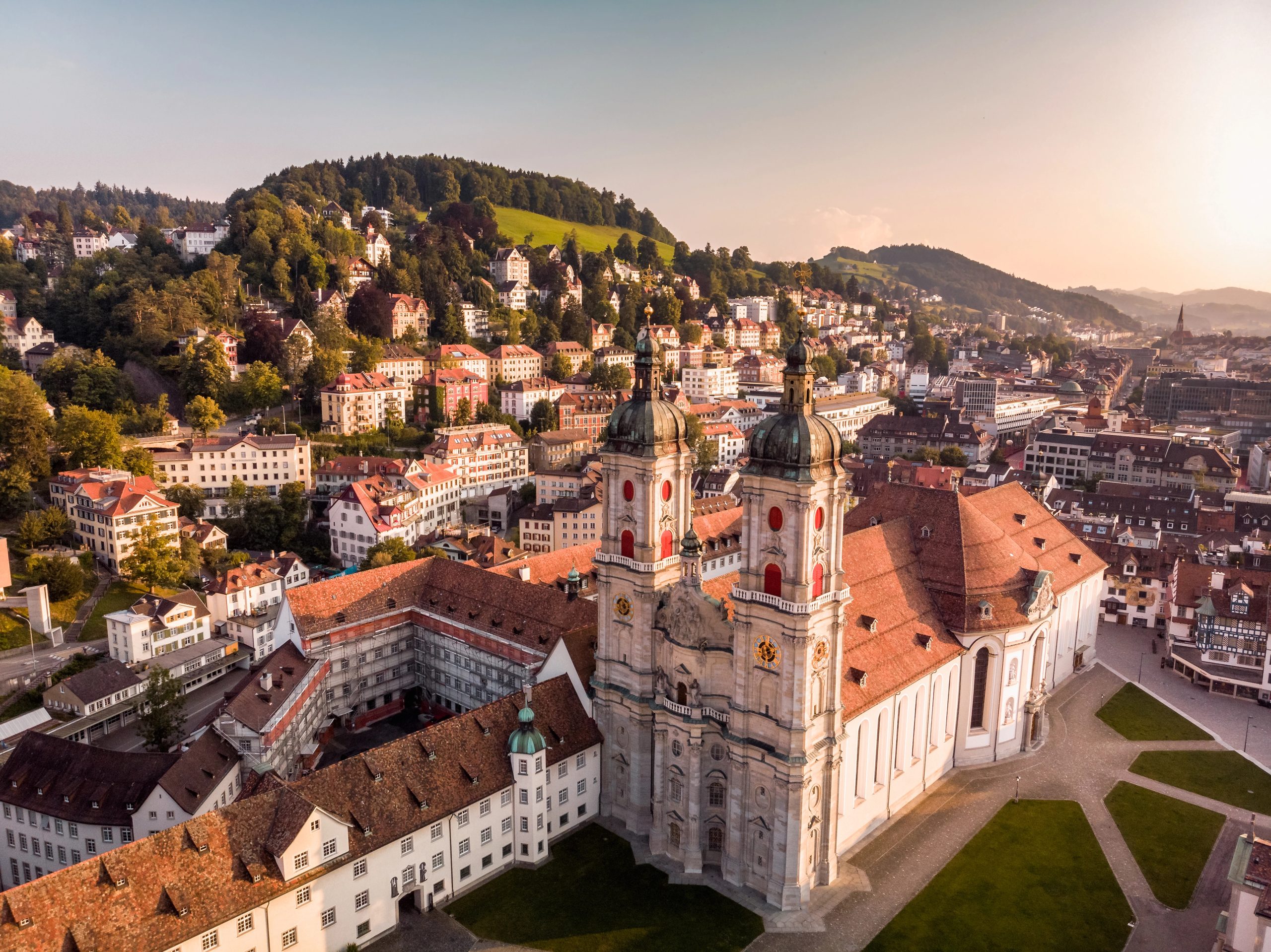
Nestled in the Calfeisen Valley, Vättis remains one of Switzerland’s best-kept secrets. The village maintains its agricultural roots while offering access to some of the most spectacular hiking trails in the eastern Alps.
Mountain streams run through the village center, their sound mixing with cowbells from nearby pastures. The local cheese dairy still produces alpine cheese using milk from cows grazing on high mountain meadows.
Like Travel Pug’s content? Follow us on MSN.
Alpbach, Tyrol, Austria
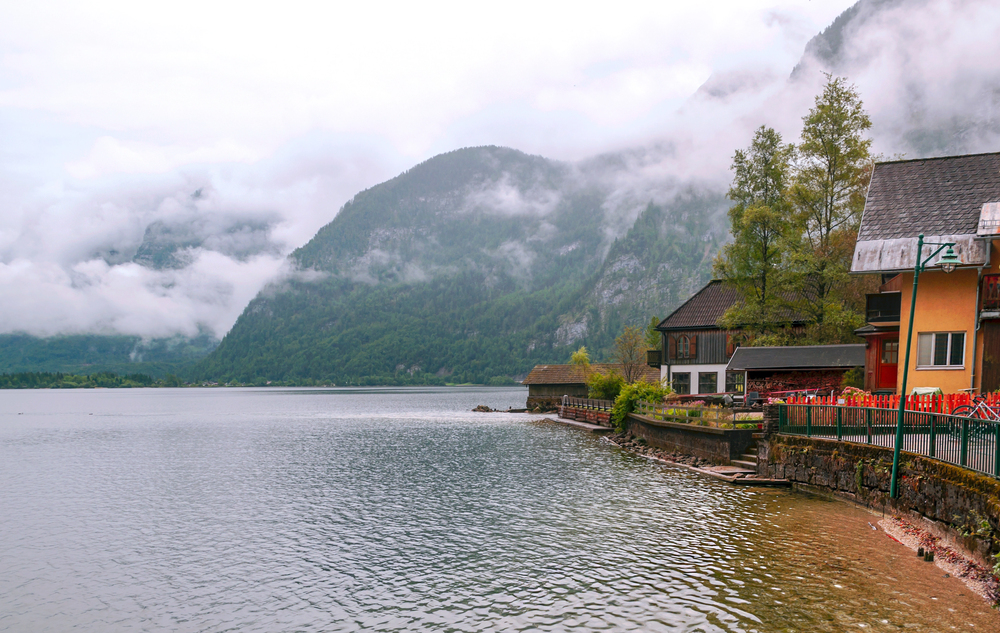
Alpbach, often called the prettiest village in Austria, requires all new buildings to maintain traditional architectural styles. In summer, wooden balconies overflow with red geraniums, creating a picture-perfect Alpine scene.
The village’s farming heritage remains visible in its carefully maintained hay barns and mountain pastures. Local festivals celebrate ancient customs with traditional music and colorful traditional dress.
Cheneil, Aosta Valley, Italy
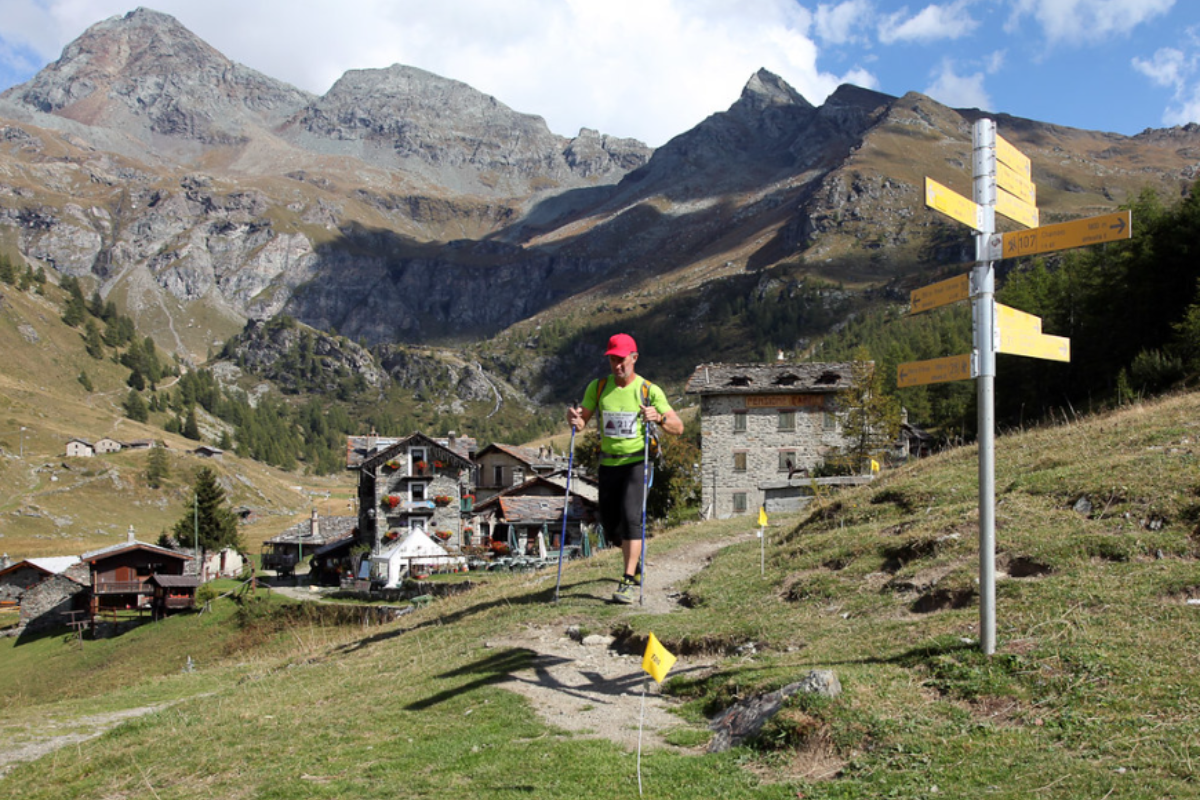
Reachable only by foot or cable car, Cheneil sits in a natural amphitheater surrounded by 4,000-meter peaks. The village has just a handful of stone buildings and traditional mountain huts.
Locals still speak a unique Franco-Provençal dialect, preserving linguistic heritage alongside architectural traditions. The surrounding alpine meadows host rare flowers and wildlife, making it a paradise for nature photographers.
Binn, Valais, Switzerland
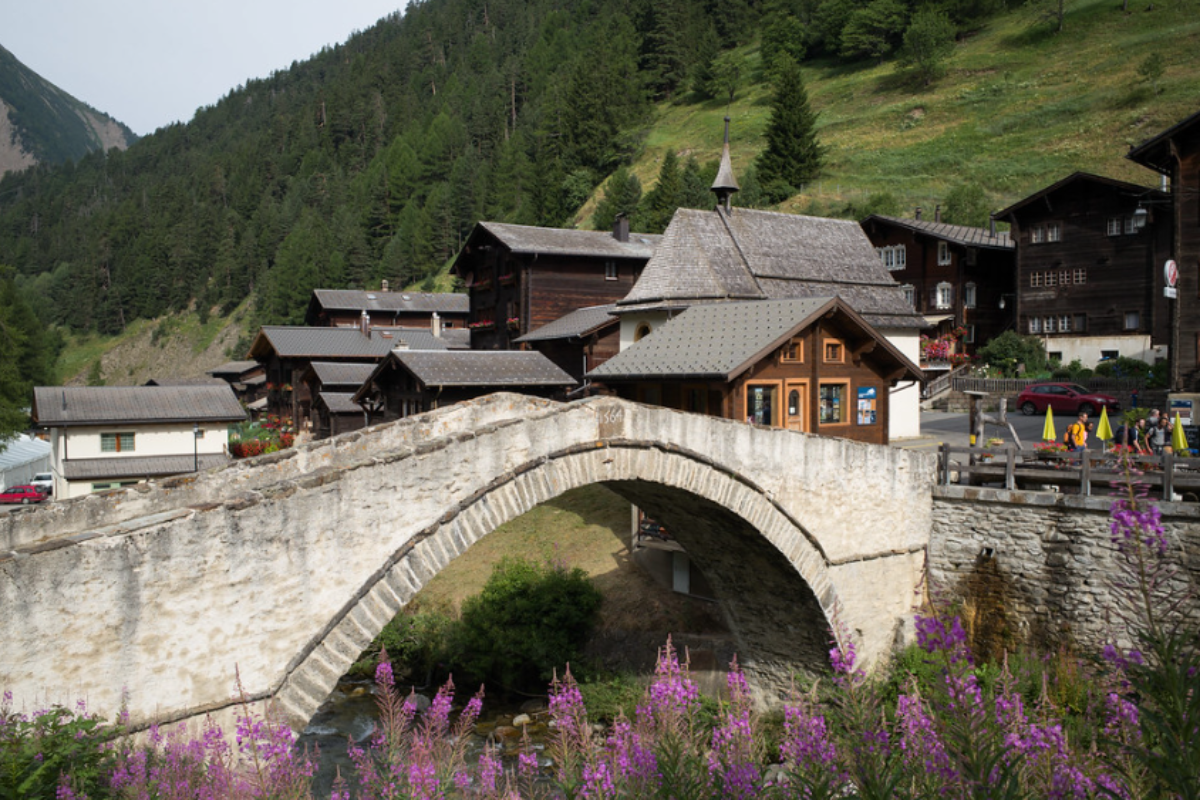
Famous among mineral collectors, this village sits in a valley known for its crystal finds. The village’s dark wooden houses cluster around a white church, creating a striking contrast against green meadows.
Binn’s isolation has helped preserve both its architecture and its traditions. The local museum displays impressive crystal specimens found in nearby mountains by generations of crystal hunters.
Like Travel Pug’s content? Follow us on MSN.
Foroglio, Ticino, Switzerland
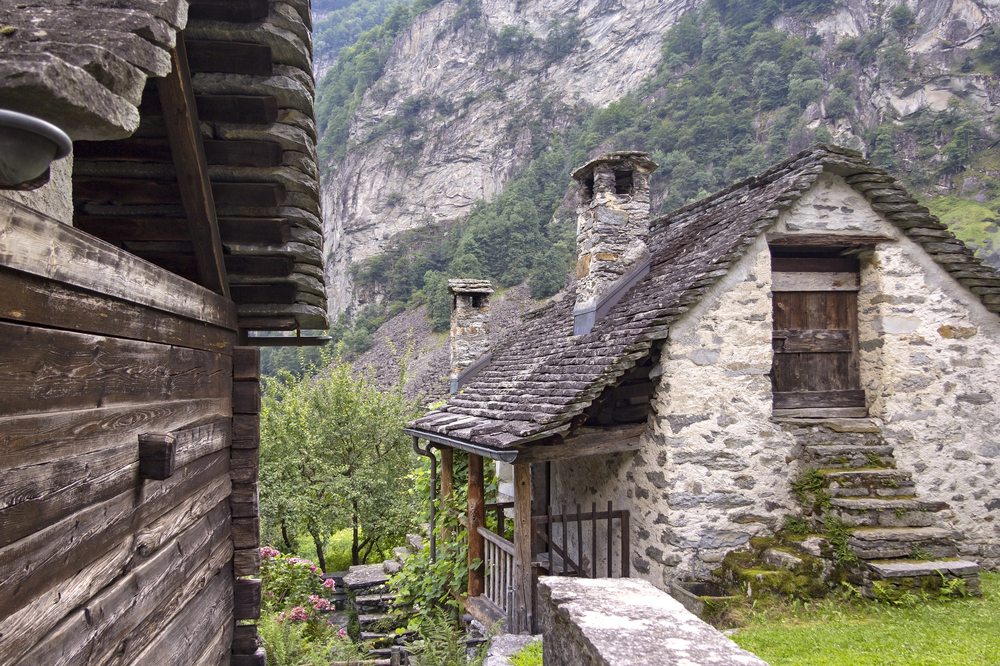
Dominated by a 260-foot waterfall, Foroglio epitomizes the rugged beauty of the Val Bavona. The village’s stone roofs and rustic buildings blend seamlessly with the surrounding rocky landscape.
Traditional stone steps called ‘scalinate’ connect different village levels, revealing new views at every turn. The constant mist from the waterfall creates a microclimate where unique plants thrive.
Sonogno, Ticino, Switzerland
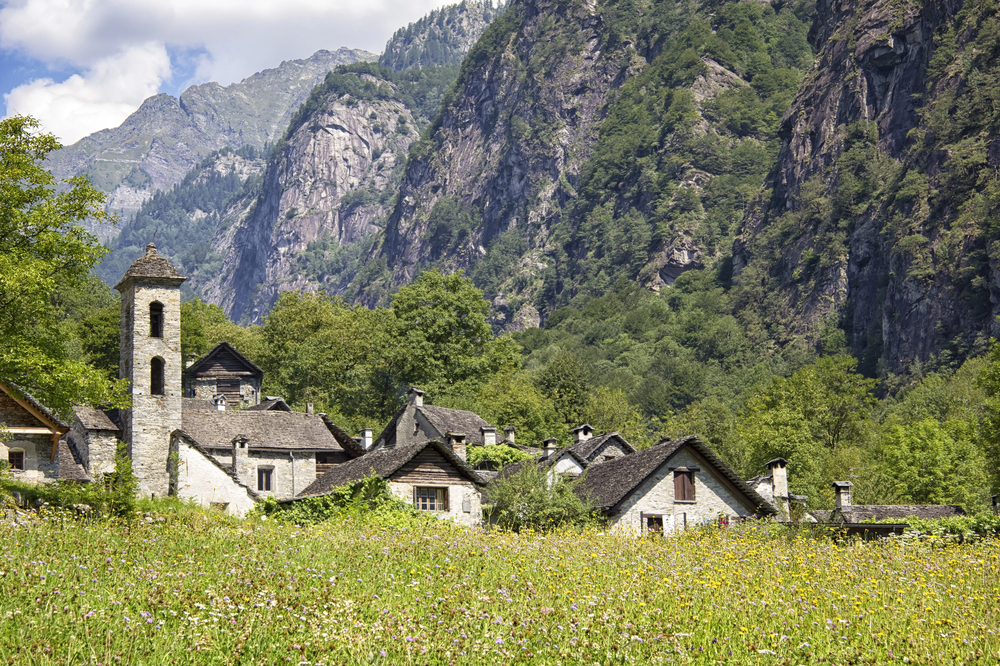
Located at the end of the Verzasca Valley, Sonogno marks the point where civilization meets wilderness. The village’s granite houses feature distinctive round stone roofs that have inspired architects for generations.
Local artisans still weave traditional wool products in the village’s restored mill building. The surrounding mountains hide countless hiking trails leading to remote Alpine lakes.
Triora, Liguria, Italy

Known as the ‘village of witches,’ Triora clings to a mountainside in the Maritime Alps. Medieval stone archways and narrow caruggi (alleyways) create an atmospheric setting that recalls centuries of history.
The village’s bread-making tradition dates back to the Middle Ages, with local bakeries still using ancient recipes. Visitors can explore the witch museum and learn about the village’s unique place in Alpine folklore.
Like Travel Pug’s content? Follow us on MSN.
Mürren, Bernese Oberland, Switzerland

This car-free village sits on a mountain terrace 5,413 feet above sea level. Traditional wooden chalets line the main street, their weathered timbers telling stories of countless Alpine winters.
The village offers unparalleled views of the Eiger, Mönch, and Jungfrau peaks. Local families maintain flower gardens that transform the village into a botanical paradise during the summer.
Chamois, Aosta Valley, Italy
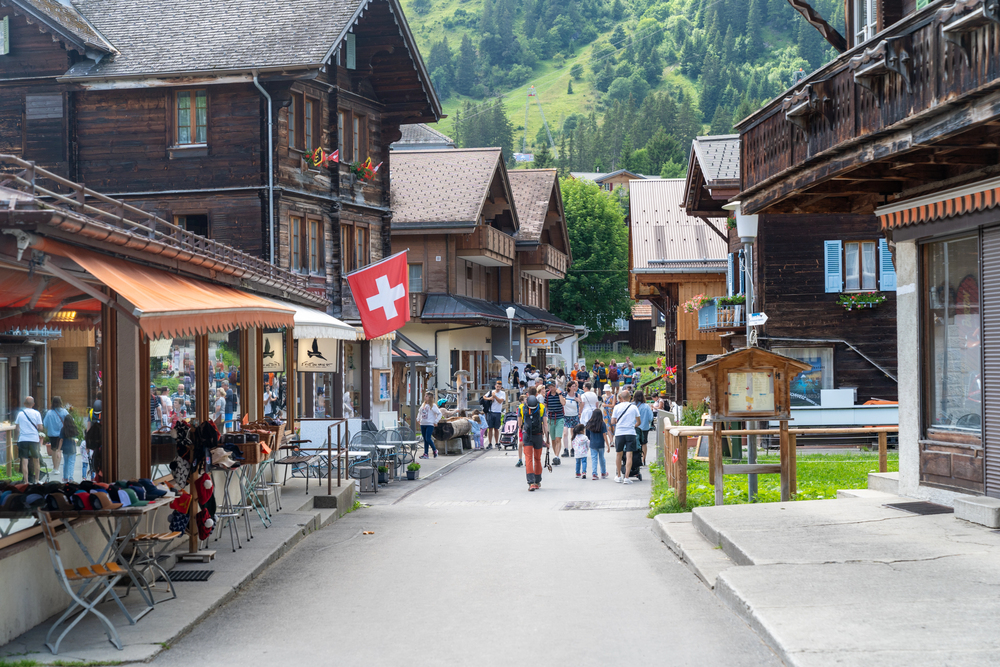
As Italy’s highest parish, Chamois remains free from car traffic and accessible only by cable car or foot. The village’s stone-and-wood houses huddle together against winter storms, creating a naturally cozy atmosphere.
Chamois mountain guides have explored these peaks for generations, accumulating knowledge of hidden trails and secret valleys. The village’s isolation has preserved traditional crafts like woodcarving and weaving.
Guarda Val, Graubünden, Switzerland
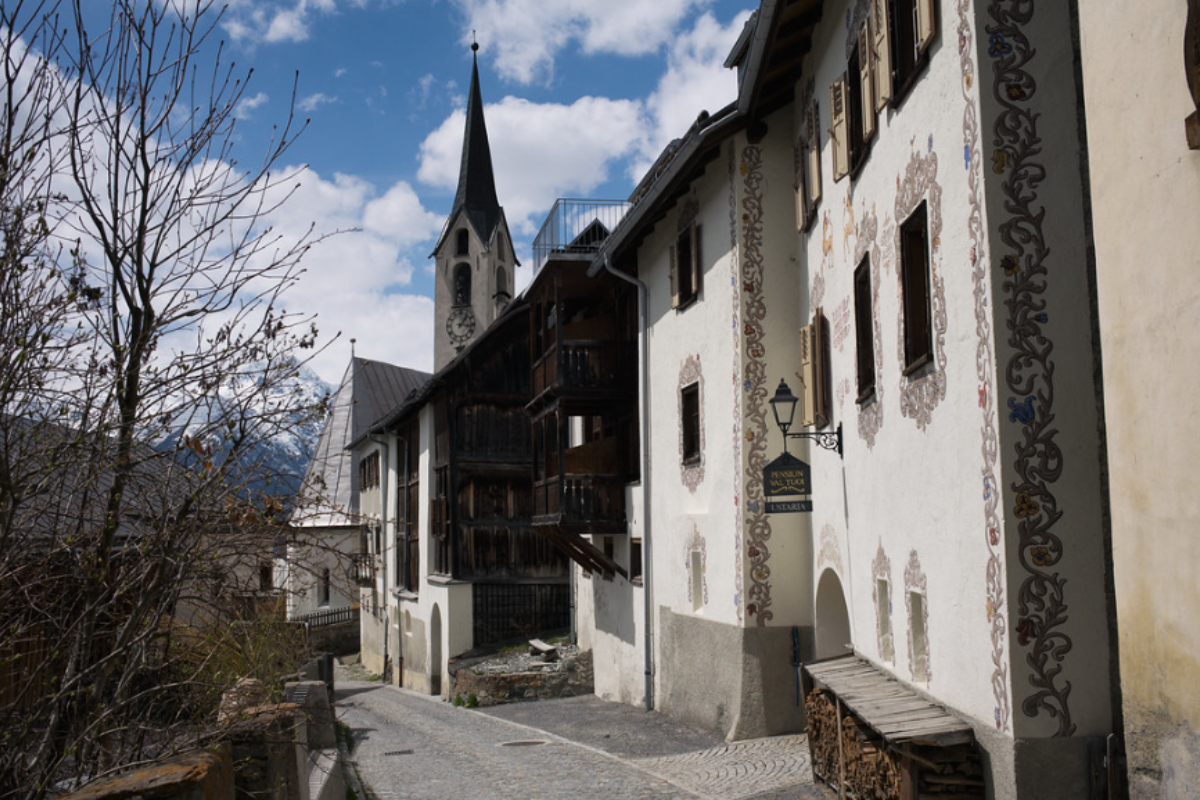
Scattered across sunny mountain terraces, Guarda Val’s buildings showcase traditional Engadine architecture. The village’s hay barns and granaries still serve their original purpose, storing fodder for long winter months.
Local families maintain ancient water rights systems that distribute mountain spring water fairly among residents. The village’s position offers spectacular views of the Silvretta Alps while protecting it from harsh mountain weather.
Like Travel Pug’s content? Follow us on MSN.
Bosco Gurin, Ticino, Switzerland
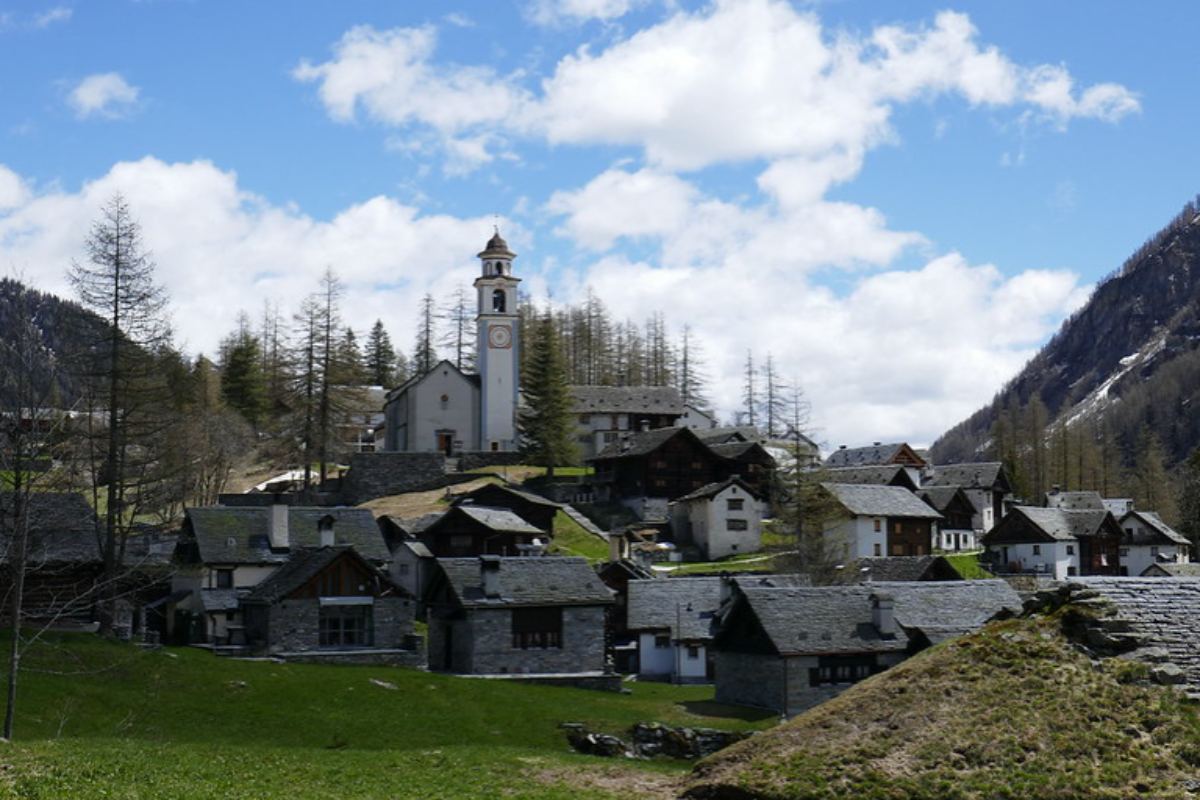
As Switzerland’s highest inhabited village year-round, Bosco Gurin preserves unique Walser culture and architecture. The village’s wooden houses feature distinctive steep roofs designed to shed heavy snow loads.
Residents still speak Gurinerdeutsch, a dialect brought by medieval German settlers. The village museum showcases traditional tools and clothing that tell the story of mountain life through the centuries.
Evolène, Valais, Switzerland
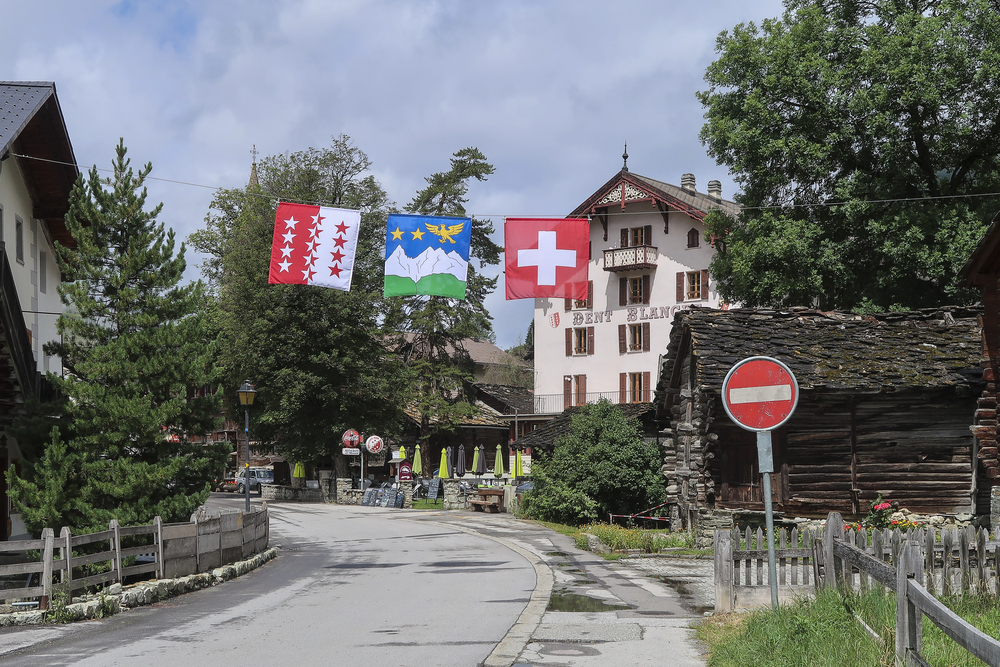
Set in the Val d’Hérens, Evolène maintains its authentic character by actively preserving local traditions. Women in the village still wear traditional dress for special occasions, one of the few places in Switzerland where this practice continues.
The village’s wooden buildings feature intricate carvings that demonstrate the skill of local artisans. Ancient ceremonies marking the changing seasons remain an important part of village life.
Lavertezzo, Ticino, Switzerland
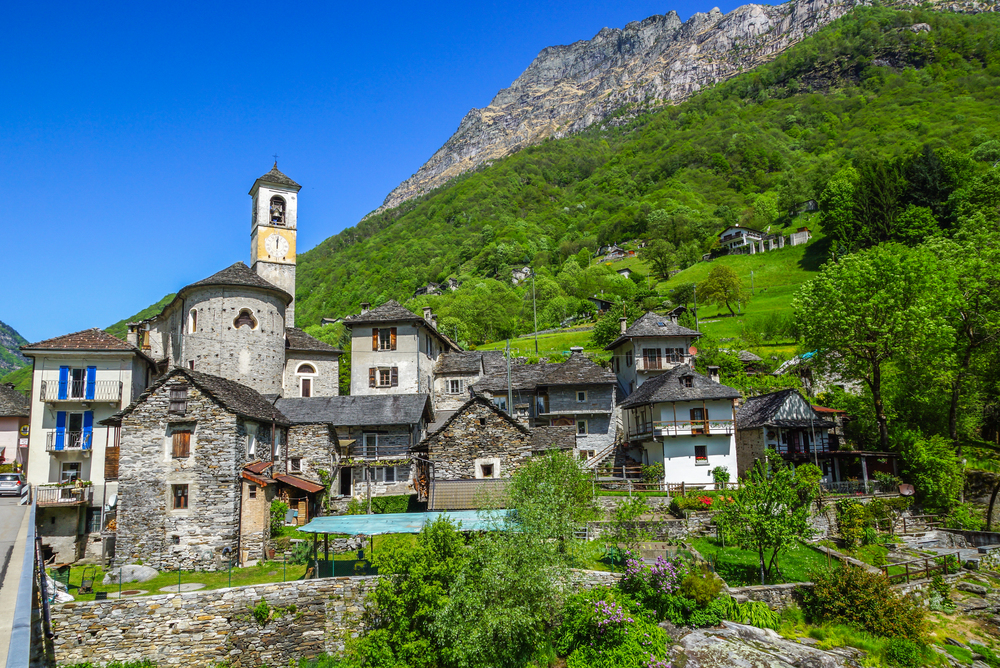
This village stands out for its dramatic double-arched stone bridge spanning the crystal-clear waters of the Verzasca River. Traditional stone houses, known as ‘rustici,’ feature beautifully preserved balconies and distinctive chimneys that have survived centuries of Alpine winters.
The village’s narrow pathways wind between buildings that grow naturally from the rocky landscape. Local families maintain small gardens on ancient terraces, growing herbs and vegetables just as their ancestors did.
Like Travel Pug’s content? Follow us on MSN.
Mountain Life Preserved
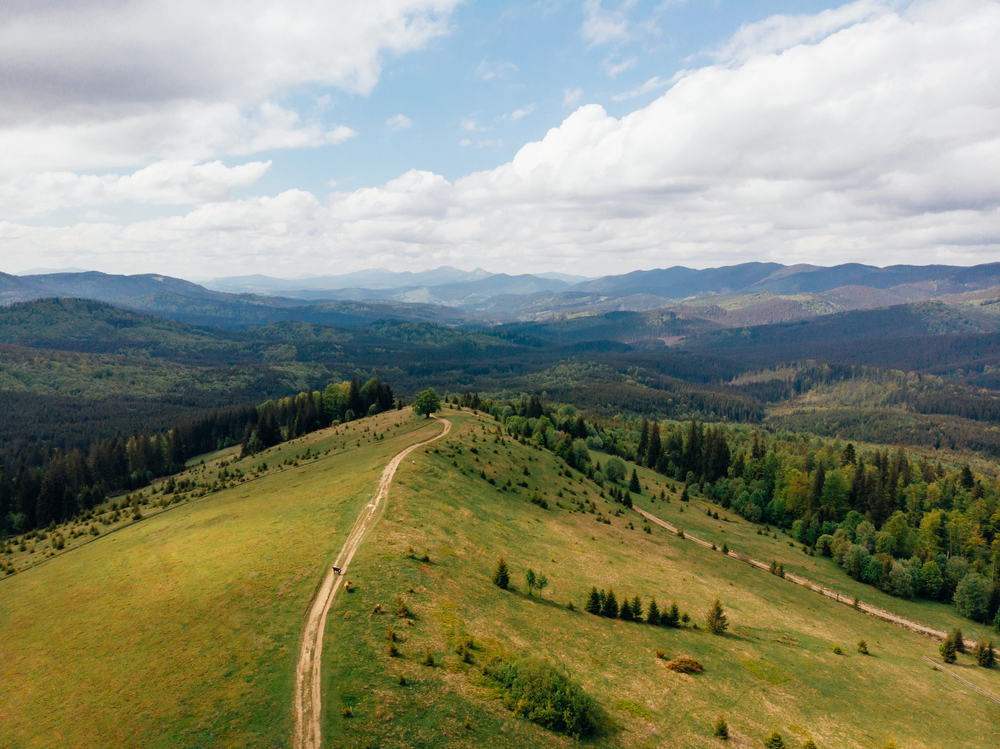
These villages are more than picturesque stops on a mountain tour—they embody centuries of Alpine culture and tradition. While modern life rushes forward in the valleys below, these communities maintain a different rhythm governed by the seasons and ancient customs.
Their continued existence proves that another way of life remains possible, even in our fast-paced world. These villages remind us that sometimes the most remarkable places are those that choose to stay small and true to their heritage.
More from Travel Pug

- 20 Towns Built for One Purpose That Were Later Abandoned
- 15 Hidden Spots in Disney World’s Magic Kingdom Most Visitors Miss
- 15 Most Scenic Walks Anywhere in The World
- 15 Canyons in the U.S. That Are Just as Stunning as the Grand Canyon
- 10 Under-the-Radar Mountain Towns That Are Both Affordable and Beautiful
Like Travel Pug’s content? Follow us on MSN.
